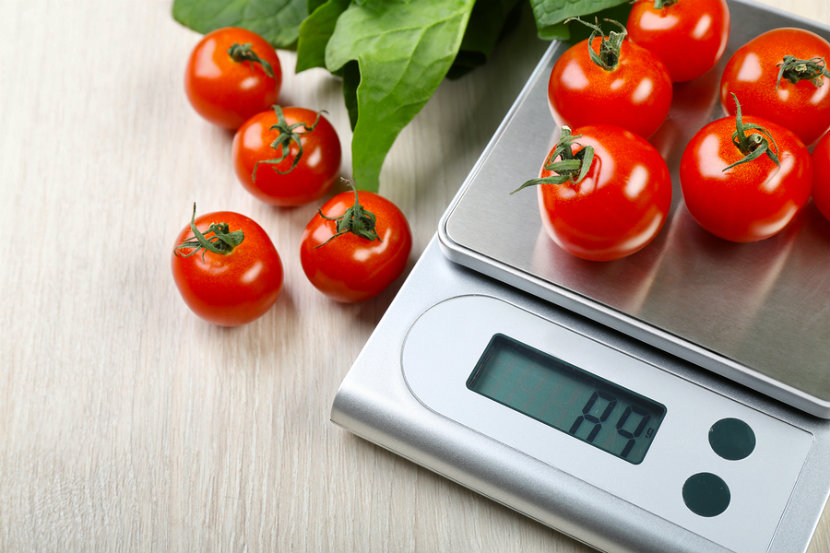
Are you trying to eat less added sugars, sodium and saturated fat or more vegetables and whole grain foods? With the right tools, you can! Here are ten must-have kitchen tools that make heart healthy eating easier than ever.
1. Non-stick cookware. To cut back on the amount of fat you eat, cook with a non-stick pan or wok. Whether you are making scrambled eggs, pancakes or a vegetable stir-fry, all you need is a small amount of oil or soft non-hydrogenated (trans fat free) margarine. It is safe to use non-stick cookware. Just be careful not to heat the non-stick pan to temperatures higher than 350°C (650°F) or to leave an empty pan on a hot burner.
2. Kitchen scale. A small kitchen scale is helpful if you are not sure about the right portion sizes of meat or other foods. For example, a comon serving of cooked fish, meat or poultry is 75 grams or 2 ½ ounces. A serving of cheese is 50 grams or 1 ½ ounces.
3. Salad spinner and salad bag. Wash salad greens like romaine lettuce and spinach and then dry the leaves in a salad spinner. (If you have kids, they will love using the spinner!) To keep lettuce crisp, store the washed leaves in a salad bag or in between damp paper towels. Now it’s easy to eat your greens every day!
4. Knives. A good set of kitchen knives is a must-have in any heart healthy kitchen. Use a chef’s knife to trim off any visible fat from meat and poultry and to dice vegetables. A paring knife is perfect for slicing apples, kiwi and oranges.
5. Steamer. Steaming is one of the best ways to cook vegetables because it locks in the vitamins and nutrients. Plus, steaming keeps vegetables crisp and colourful. Try steaming broccoli, carrots or green beans and see for yourself. You can even use your steamer to cook fish.
6. Small blender. A small blender is the perfect tool for making low fat yogurt smoothies, sauces, salsas and even puréed baby food. Use the blender for grinding nuts and flax seeds too.
7. Spice rack. Flavour foods with herbs and spicessuch as rosemary, basil, tarragon, oregano, curry, cumin, pepper and paprika. Kosher salt, sea salt, fleur de sel, gourmet salt and smoked salt all have about the same amount of sodium as table salt. They are not healthier choices. To cut down on fat and calories, sprinkle cinnamon over French toast rather than using butter or maple syrup.
8. Can opener. Canned foods are easy on the budget and can save time when you are trying to cook a meal in a hurry. Heart healthy canned goods to keep in your pantry include canned beans, canned fish, soups, canned vegetables and canned stewed tomatoes. Buy the lower sodium versions of these foods more often. Rinse canned vegetables and canned beans, peas and lentils to wash away some of the sodium.
9. Gravy fat separator. This handy gadget looks like a measuring cup but has a spout connecting to the bottom half of the cup. As you pour the meat drippings from the roasting pan into this special cup, you will see the fat and oil separate right to the top while the flavourful juices stay at the bottom of the cup. As you pour, only the juices from the bottom of the cup come out. The fat and oil stay trapped behind. Add some salt-free or reduced sodium seasonings to make a heart healthier gravy.
10. Crock pot or slow cooker. In the morning, fill the crock pot with heart healthy ingredients to make your favourite stew, chili or casserole. While you are at work, the food cooks and simmers. When you get home, dinner is ready and the house smells great!
Last Update – November 27, 2020